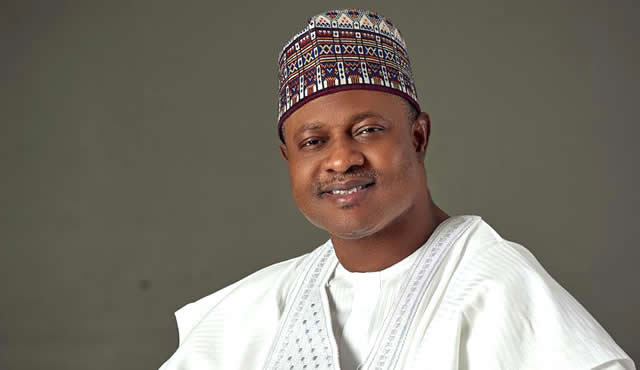By Ibrahim Hassan-Wuyo
When Governor Uba Sani assumed office, Kaduna State was grappling with one of Nigeria’s gravest educational challenges—an estimated 680,000 to 768,739 children of school age were out of school. The problem reflected a mix of insecurity, poor infrastructure, lack of access, gender disparities that kept many girls at home, as well as children with disabilities and adolescents who had dropped out due to hardship.
Faced with this crisis, Governor Sani made returning out-of-school children to the classroom a cardinal priority of his administration. To drive this vision, his government launched the Reaching Out-of-School Children (ROOSC) Project, designed to identify children not in school and ensure their enrollment and retention, with special attention to girls, adolescents, and children with disabilities. The initiative has drawn strong backing from international partners including the Islamic Development Bank, Kuwait Fund for Arab Economic Development, Global Partnership for Education, Education Above All, Save the Children International, and UNICEF.
One of the early steps was to expand infrastructure across the state. In just over a year, the government built 62 new secondary schools and constructed more than 2,300 primary school classrooms, while also renovating hundreds of existing ones to make them conducive for learning. In addition, Governor Sani directed that no child should have to walk more than one kilometre to find a school, underscoring his determination to remove barriers to access.
The intervention went beyond new structures. To encourage enrollment and reduce the financial burden on families, the government distributed more than 385,000 textbooks, 337,000 writing materials, 131,000 school uniforms, and thousands of hygiene kits. Furniture was also supplied in large quantities—two-seater desks for pupils and proper furniture for teachers—while boreholes and modern toilets were installed in schools to improve sanitation.
Teacher recruitment and training have also featured prominently in the reforms. New teachers are being hired to meet the demand of the expanded school population, while training programmes have been organized to strengthen the skills of teachers and education officers. These trainings cover planning, budgeting, data management, monitoring and evaluation, all geared toward building a stronger education system.
Governor Sani has consistently emphasized inclusivity. His administration has taken deliberate steps to ensure disadvantaged groups—girls, children with disabilities, and adolescents—are not left behind. He also approved a 40 percent reduction in tuition fees in state-owned tertiary institutions, easing the pressure on families and preventing students from dropping out at higher levels of learning.
Still, insecurity remains a serious challenge in some areas. To tackle this, the government has worked with security agencies to protect schools and, in high-risk areas, consolidated schools from unsafe locations into safer ones to guarantee learning continuity.
The results of these interventions are already showing. Within one year, Kaduna reduced the number of out-of-school children by over 300,000. Student performance has also improved: the proportion of candidates scoring five credits including Mathematics and English in national examinations has risen from about 54 percent before the current administration to roughly 67 percent.
These gains have been supported by strong partnerships and prudent financial management. The state devoted about a quarter of its last budget to education, while also leveraging international aid.
Governor Sani’s cost-cutting measures, including reduced government spending and salary adjustments, freed up more resources to drive the education agenda.
Building classrooms and hiring teachers is only the first step; maintaining quality through ongoing training, robust monitoring, and ensuring completion rates is equally critical. Rural and conflict-affected areas in particular require more focused intervention.
Governor Uba Sani’s administration has, however, demonstrated that with clear vision, political will, and collaboration, progress is possible. The journey is far from over, but with sustained effort, Kaduna is on a realistic path to ensuring that every child, regardless of gender, location, or ability, has access to quality basic education
The post KADUNA: Uba Sani returns 300,000 children back to school in one year appeared first on Vanguard News.

